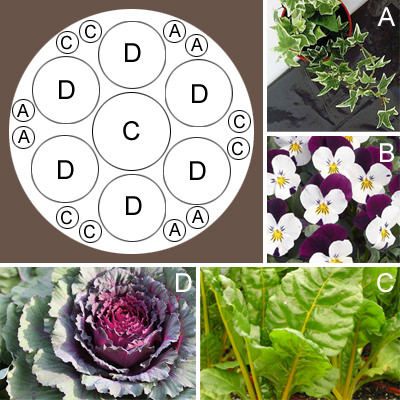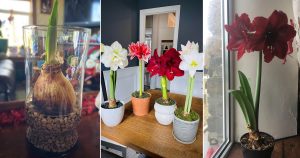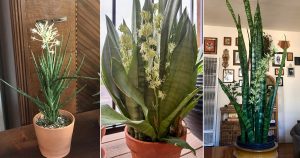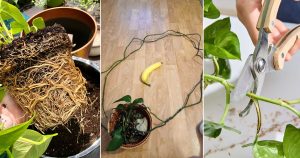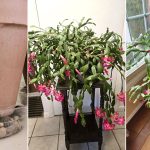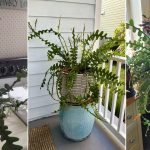I’ve mentioned indoor gardening during winter and how to attract birds during the winter months, but that doesn’t mean that you can’t still garden for your own enjoyment outdoors during the winter.
Often times balconies are more sheltered than traditional, in-ground gardens, and thus the micro-climate on your balcony may be more favorable that the ground nearby. But exercise common sense. If your balcony is totally exposed and your area is expecting 20 feet of snow over the next weekend, it doesn’t really make sense to work hard on a container that is going to be buried under a snow bank.
- First, stop fertilizing perennial containers about six weeks before the first frost date for your area. You don’t want to encourage new growth, which won’t survive cold temperatures, and could weaken your plant to the point of killing it.
- Use containers that won’t crack and can stand up to thawing and freezing. Materials like fiberglas, metal, thick plastic, stone, and concrete are good bets.
- This is counterintuitive, but if you keep the soil moist (but not soggy!) it will retain warmth better than if you let the soil become completely dry. Also, allowing a container to dry out could stress a plant during an already stressful time of year.
Here’s a a winter container recipe that features plants that can handle frost and even a bit of snow. You’ll need:
- A large frost-hardy container
- (C) 1 large swiss chard (or three smaller ones potted in a clump to make one large plant)
- (D) 6 medium-small ornamental cabbages
- (B) a six pack of violas
- (A) a six pack of variegated trailing ivy

